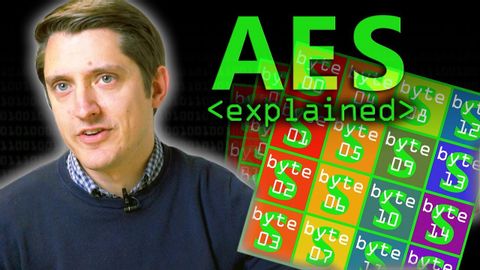AES の説明 (高度な暗号化規格) - コンピュータマニア (AES Explained (Advanced Encryption Standard) - Computerphile)
林宜悉 が 2021 年 01 月 14 日 に投稿  この条件に一致する単語はありません
この条件に一致する単語はありませんUS /ˈprɑsˌɛs, ˈproˌsɛs/
・
UK /prə'ses/
- v.t.(コンピュータの)データを処理する;処理する;処理する;一連の工程を経る;加工する : 加工処理する;理解する
- n. (c./u.)手続き;一連の行為;方法;訴訟手続き;プロセス (コンピューター)
US /ɪɡˈzækt/
・
UK /ɪɡ'zækt/
- adj.正確な : 精密な
- v.t.(力ずくで)~を取り立てる : (強制的に)~を取り出す
- v.t./i.方向を変える;移動する;シフトする
- n. (c./u.)計画や意見を変えること;(交代制の)勤務時間;勤務時間;ワンピース;地殻変動;シフトキー;変速
- adj.シフトの : 交代勤務制の
エネルギーを使用
すべての単語を解除
発音・解説・フィルター機能を解除

